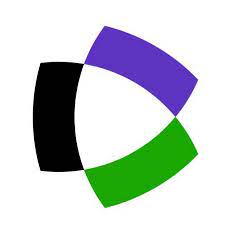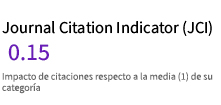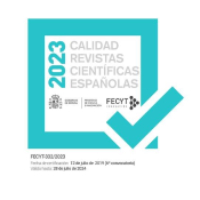The Foreign in the Familiar, or The Other in the Own. Africa and Images of the Other in the Dresden State Art Collection
DOI:
https://doi.org/10.24310/BoLArte.2017.v0i38.3287Abstract
Many European museums hold unusual, «hybrid» objects from various periods and areas of the world that reflect images of the Other. The collections of both European and non-Western art belonging to the Staatliche Kunstsammlungen Dresden, Germany, include very early evidence of perception of the Other going back as far as the 16th century. Using a number of examples from Dresden ranging in date from this early period down to the 20thcentury, and by adopting a different vantage point and hence a change in perspective, this paper attempts to consider and re-evaluate social and cultural foreignness and Otherness and to elucidate its ambivalent and ambiguous relationship with the Own and the Self. The multiple layers of meaning inherent in the museum-held cultural objects which are influenced by or related to the «foreign», or have a hybrid appearance, can, when viewed from a different historical and locational perspective, contribute to our understanding of intracultural and also intercultural distance and connection, identities and intentions, realities and constructions, and thus provide a better understanding of transcultural processes.
Downloads
Metrics
Downloads
Published
How to Cite
Issue
Section
License
Todos los contenidos publicados en la revista Boletín de Arte están sujetos a la licencia Creative Commons Reconocimento-NoComercia-Compartirigual 4.0 cuyo texto completo puede consultar en <http://creativecommons.org/licenses/by-nc-sa/4.0>

Los/as autores/as cuyas contribuciones sean aceptadas para su publicación en esta revista conservarán el derecho no exclusivo de utilizar sus contribuciones con fines académicos, de investigación y educativos, incluyendo el auto-archivo o depósito en repositorios de acceso abierto de cualquier tipo.
La edición electrónica de esta revista esta editada por la Editorial de la Universidad de Málaga (UmaEditorial), siendo necesario citar la procedencia en cualquier reproducción parcial o total.











4.png)
